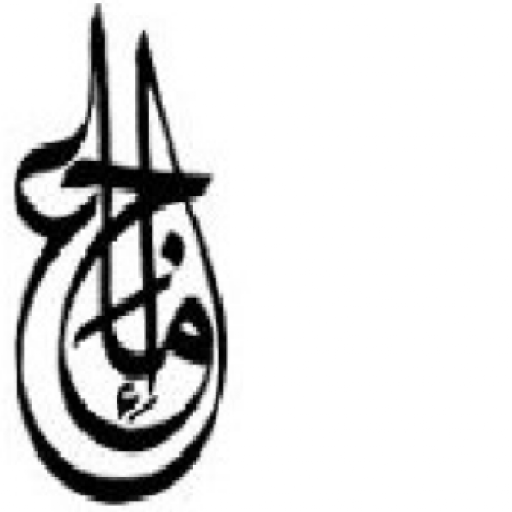By Kamil Uddin
(https://www.ilmgate.org/the-prayer-of-a-believer-the-opening-takbir/)
The Prayer is the second pillar of Islam and occupies a distinguished position among the duties placed on every Muslim. In the hadith of the Holy Prophet (Allah bless him and grant him peace) and the verses of the Holy Quran, after the profession of faith, the first thing mentioned is the Prayer. In order to perfect it, one must perfect takbir al-tahrimah, the opening “Allahu Akbar” of the Prayer. It may seem like something small and simple, but its shocking to see how many perform it incorrectly. Allah holds the Prayer in great esteem, and it is incumbent upon every Muslim to learn its rules in order to build his connection with and devotion to Allah.
In the obligatory prayers, there are six fara’id, definitive obligations that one must do for his prayer to be complete. The takbir al-tahrimah is the first. It is called tahrimah, or “prohibition,” because it prohibits things that were permissible before it, such as eating, drinking, talking, and other acts unrelated to prayer. The obligation of the opening takbir is established through the Quran, the Sunnah, and ijma‘ (consensus of scholars).
The Quranic proof is the verse “And proclaim the greatness of your Lord” (74:3). The word rabb ‘lord’ in this context is the effective cause of the injunction, in that Allah is the sustainer, cherisher, and nurturer of the entire universe, which is the fuller meaning of rabb. His greatness alone, therefore, is worthy of being proclaimed to commence the Prayer.
The Sunnah proof is a transmission from Abu Hurayrah and Abu Sa‘id al-Khudri (Allah be pleased with them) in which the Prophet (Allah bless and grant him peace) said, “The key to the Prayer is purificication; its tahrim is takbir, and its tahlil is taslim”(Tirmidhi, Ibn Majah). We also find that this was the Prophet’s consistent practice. Further corroborating this position is the consensus of the commentators of the Quran.
When one begins the Prayer he is to pronounce the takbir, raising his hands to his ears while doing so. It is preferred to raise the hands first, then say the takbir. Raising the hands is sunnah, not wajib, but pronouncing the takbir is fard. Men will raise their hands parallel to their earlobes, and women will raise their hands to their shoulders. The palms should be open facing the qiblah. Men will place the right hand over the left hand below the navel, holding the left wrist with the thumb and the pinky of the right hand and the remaining three fingers outstretched along the left forearm. The fingers of the left hand should also remain outstretched. Women will place the palm of the right hand on the back of the left hand upon the chest.
The Prayer brings one nearer to Allah if performed according to its prescribed method. To start it properly is the first step to attaining divine nearness through this great act of worship.
